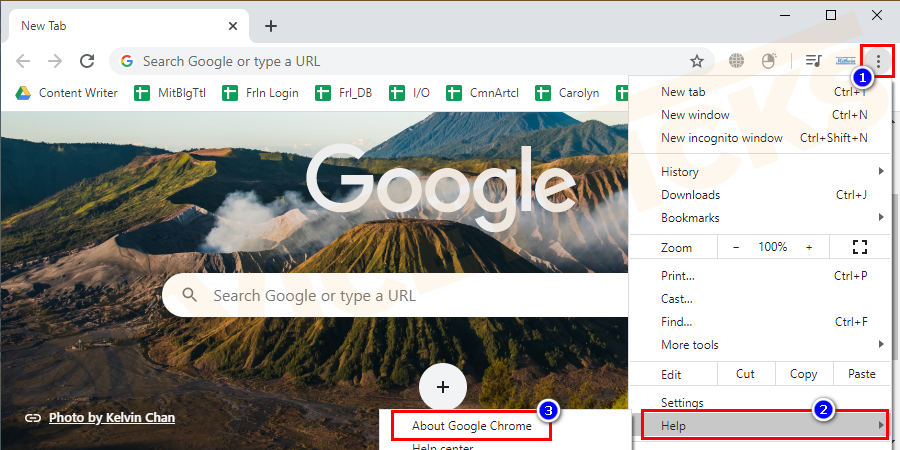
It’s easy to retrieve data through the Web API but what about retrieving personal data about a user and managing that data? In this case we need to be a bit more careful.
#Spotify web player url code#
And, of course, you can copy parts of the code to use in your own projects.
#Spotify web player url full#
You can view the full source code to see how the program has been implemented and you can fork the existing project if you want to contribute to it. The code for Artist Explorer is open-source and is available on GitHub. This application uses several popular Web API endpoints and makes use of several popular, useful, freely available JavaScript libraries: d3, Google Gauge Charts, geoplugin, and freegeoip. In the right sidebar you can find links to the top tracks by the currently selected artist: hovering over a track lets you browse through the artists popular music, and clicking on a track opens the song in a Spotify player. The artists are ranked by popularity, so clicking an artist towards the bottom of a column leads you ever on into hipster territory. You can hover over an artist’s picture to hear 30 second clips of their music click a picture to expand the tree and enter an artist’s name or genre to “seed” a new tree. Here’s an example that combines artist images with data about artist relationships, popularity, and top tracks to create a fascinating tool that encourages users to discover new artists and new music: Just by retrieving data through the Web API and presenting it to the user you can create interesting programs. Through that endpoint you can get information about more than 2 million artists, 4 million albums, 30 million tracks, and 1.5 billion playlists across all of Spotify’s 50-plus markets. The search endpoint that this program uses is one of the more popular endpoints in our Web API. Then a second set of calls is made to get each album’s main cover art image. When the JSON result comes back it’s parsed to extract the links to the albums. Within the JavaScript, a call is made to the search endpoint passing the artist’s name that you entered and asking for any matching albums. Enter the name of an artist and see what happens. This program uses HTML, CSS and JavaScript to do its work. Here is a program that uses the Web API’s search endpoint to retrieve cover art: Let’s take a look at a simple program that uses the Web API.

JSON is a common, language-independent format and code for parsing JSON data is readily available for a large variety of programming languages. The API is really designed to be accessed programmatically and the fact that it returns data in JSON (JavaScript Object Notation) format is very helpful in this regard. Retrieving data in your browser like this is not particularly useful unless you just want to check that the API is working.
#Spotify web player url free#
There is a huge amount of data available, and the best part is that it’s free to access. You can make similar calls through the Web API to retrieve information from the Spotify catalog about artists, tracks and playlists.
A list of its tracks (with links to more information about them).What we have got back is basic information about that album, including: What we have just done through our browser is to ask the Web API for information about an album - specifically the album with the Spotify ID “4aawyAB9vmqN3uQ7FjRGTy”. If you’re using Chrome, you can use the JSONView plugin to see a nicely formatted view of the content.) (What you actually see depends a little on your browser settings and how it is set to handle JSON content. You should get back a page of data, in JSON format, which looks something like this: Try clicking this link and see what happens: In fact, you can access the API directly from your own browser. The Web API uses the same HTTP protocol that’s used by every internet browser. Basically it is an interface that programs can use to retrieve and manage Spotify data over the internet.

Our API is what is commonly known as a RESTful API.

In this post, I’d like to take you on a brief tour of the API and show you some of the programs that have already been developed with it. Today the API has 40 distinct endpoints and more are being added all the time. Six months ago, when we launched our Web API, we provided twelve endpoints through which developers could retrieve Spotify catalog data.


 0 kommentar(er)
0 kommentar(er)
